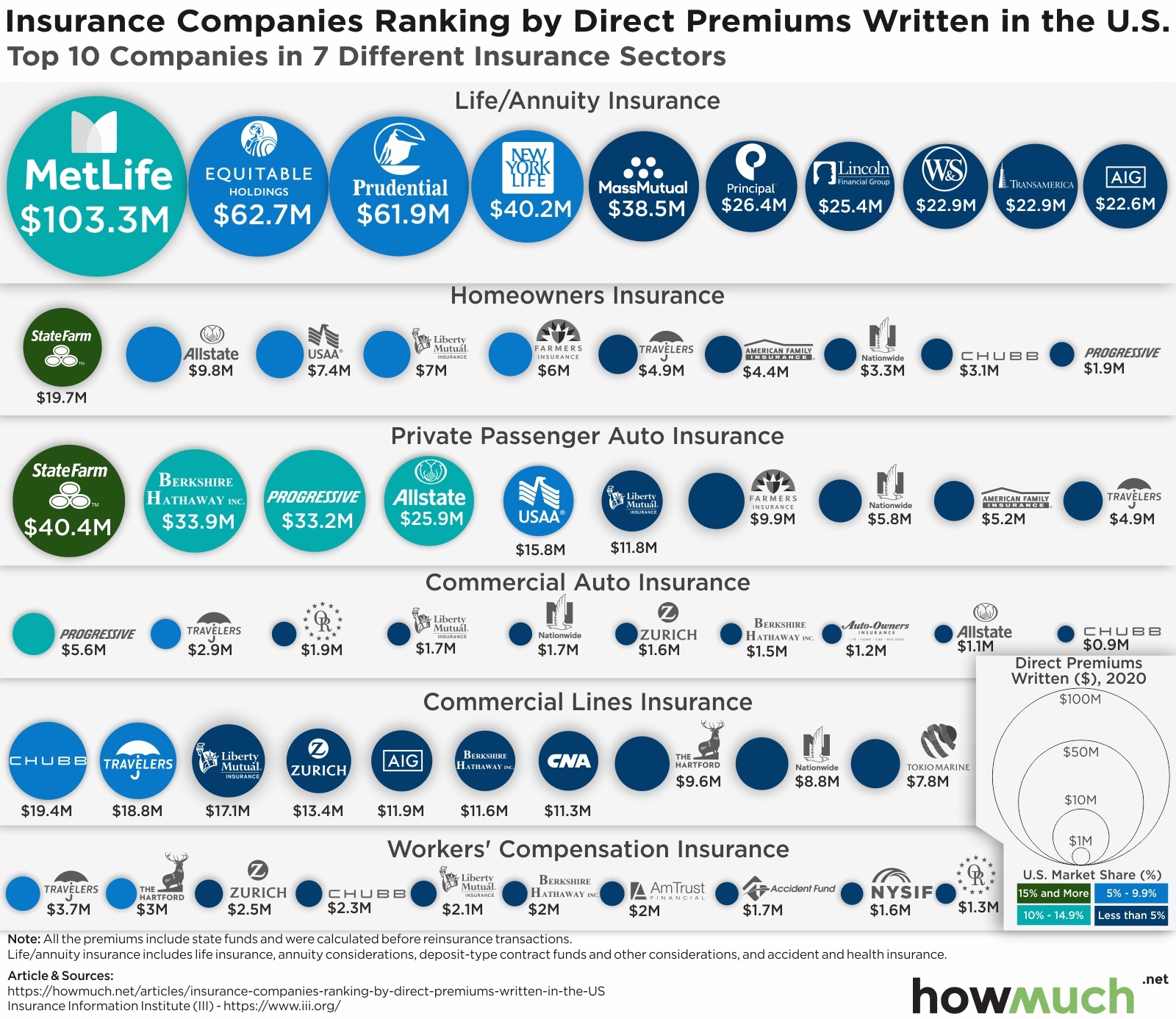COVID-19 decimated balance sheets for the world’s poorest countries. That’s why the International Monetary Fund (IMF) teamed up with the World Bank to create a Debt Service Suspension Initiative (DSSI), allowing debtor countries to pause payments on externally held debt. Here’s an interactive visualization highlighting countries opted to participate in the program in 2020, and which countries ultimately own the underlying debt.
- China is the single biggest creditor under the DSSI for several countries, controlling the largest amount of debt for Pakistan ($2.92B), Angola ($2.99B) and Kenya ($849M) among several others.
- In comparison to China, the U.S. has lent relatively little money to the rest of the world under the DSSI, with the highest total going to Ghana ($146M).
- In total, the poorest countries paused payments on some $17.68B in sovereign debt under this program in 2020.
- China’s participation in the DSSI is strongly aligned with its strategic interests, suggesting that some alternative motivations are in play.
We took the numbers for our map directly from the World Bank. The pink countries are all participating in the Debt Service Suspension Initiative, and the color corresponds to the total amount of debt. When you click on a pink country, you will see which foreign governments own that suspended debt, again where the shade of blue indicates how much money is at stake. Click anywhere to reset the visual.
At the highest level, our interactive visualization shows which developed countries are lending money to poor governments, and not requiring immediate payments to service the debt. China evidently spent a lot of money through the DSSI, making it the single biggest creditor for several developing countries. Pakistan owes China $2.92B through this program, Angola another $2.99B and Kenya owes $849M, all for just 2020. Ethiopia, Myanmar, Lao PDR and Cameroon all share China as their single biggest creditor. Compare that to the U.S., which only sent tens of millions (and not billions) through the DSII. The U.S. is the biggest creditor to Ghana ($146M) but nowhere else are the sums of money enormous.
At first glance, this activity seems charitable. It’s the right thing to do when the world is facing a common crisis to pitch in and help out poor areas. After all, places like India are getting slammed with another wave of the coronavirus just as many Western countries are starting to reopen again thanks to vaccines. However, China is clearly sending money around the world to the poorest countries which are also directly aligned with its long term strategic interests. Pakistan is a natural ally because it sits on the other side of India, not to mention the massive investment in the China-Pakistan Economic Corridor. China has a strong interest in natural resources in Angola. The same can be said for Kenya. All of these countries need economic relief in light of the COVID-19 pandemic, however there are clearly some alternative motivations in play too.
Do you think the U.S. should be doing more to fight the pandemic in the world’s poorest countries? Let us know in the comments.
Data: Table 1.1










